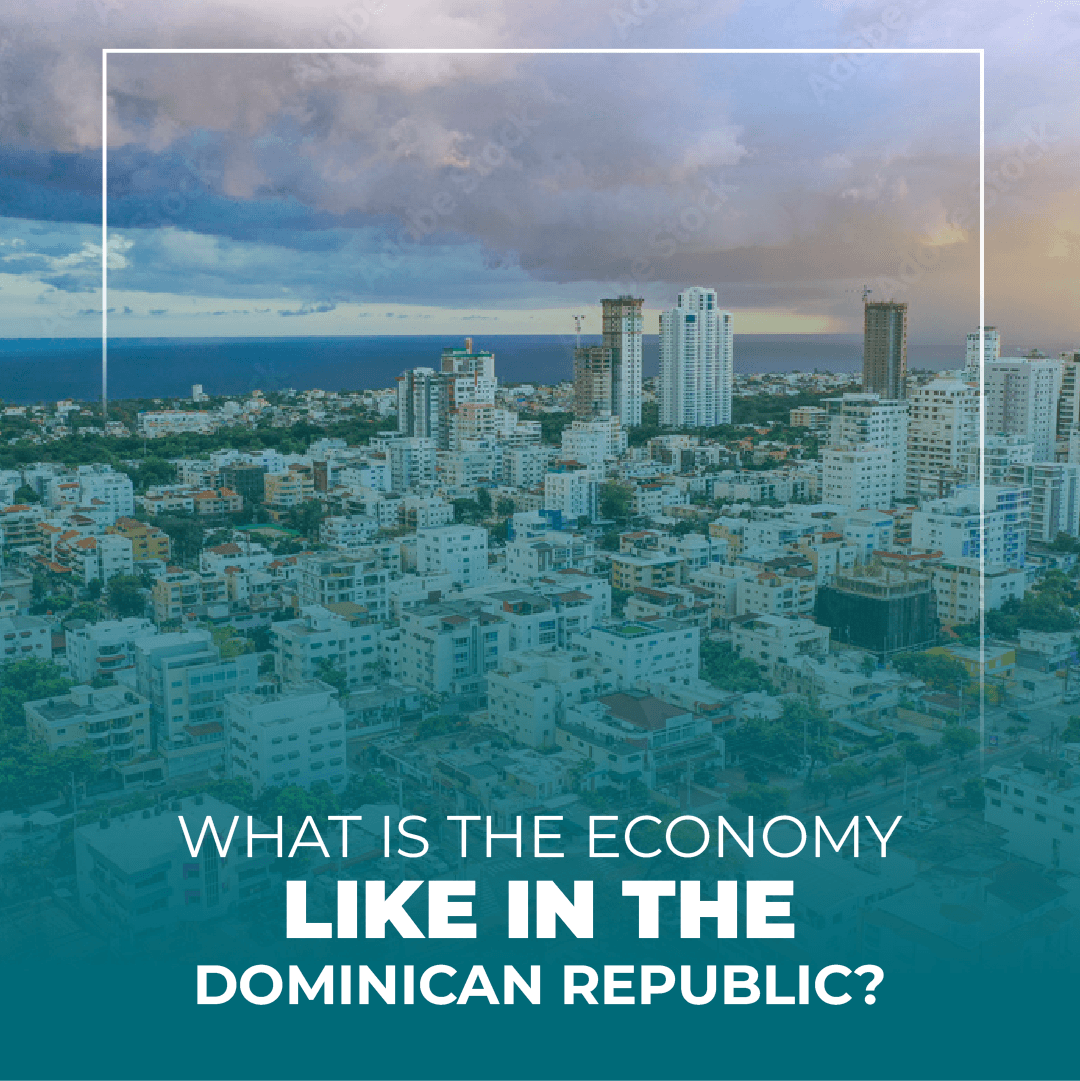The Dominican Republic is a Caribbean island located in the eastern part of the island of Hispaniola. Its
economy is considered one of the strongest in Latin America and the Caribbean, thanks to its macroeconomic
stability and diversification of productive sectors.
One of the main drivers of the Dominican economy is tourism, which represents approximately 8% of the
country’s GDP. The paradisiacal beaches and tropical climate are some of the attractions that make the
Dominican Republic receive millions of visitors every year. In addition, foreign investment in the tourism
sector has been a key factor in the development of hotel infrastructure and economic growth.
Another sector that has experienced significant growth in recent years is free trade zones. These tax-free
areas have attracted international companies looking to establish themselves in the country to take
advantage of skilled labor and low production costs. Additionally, manufacturing and trade are also
important sectors in the Dominican economy.
However, the Dominican economy faces challenges such as a high rate of informal employment and social
inequality. Despite this, the government has implemented measures to promote sustainable economic
growth and reduce poverty, such as promoting foreign investment, improving education and labor training,
and modernizing the country’s infrastructure.
In summary, the economy of the Dominican Republic is one of the most robust in the region thanks to its
diversification of productive sectors and foreign investment in key sectors such as tourism and free trade
zones.
Although facing challenges, the country is committed to promoting sustainable economic growth and improving
the quality of life of its citizens.



